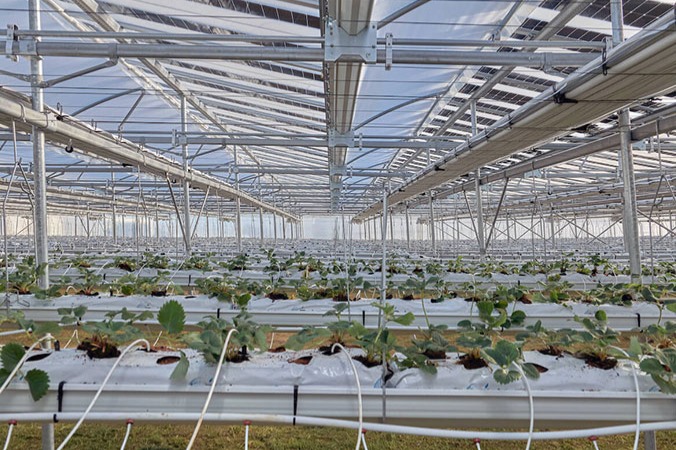

The Solutions Explorer lets you create alerts that match your needs. You can create several alerts and you will receive a notification each time a new Solar Impulse Efficient Solutions is labelled and matches your filters.
Your Search Alerts will show up here.
Sign in to create alerts for your filters and search terms.
Sign inDon't have an account?
Sign upAccess exclusive opportunities for Investor Members Only
The Investment Hub is a platform by the Solar Impulse Foundation that connects innovators with investors to fund scalable and sustainable solutions. Through tailored matchmaking, e-pitches, and a collaborative digital environment, it helps drive impactful innovation forward.
Sign in to explore a world of dynamic and high-potential investment opportunities.
Sign inDon't have an account?
Sign upFebruary 1, 2024
La ferme Etchélécu
Sames

La Ferme Etchélécu approached Insolight seeking a solution to protect their crops from climate extremes that had previously caused production losses. In 2023, Insolight constructed a 3,000 m² photovoltaic closed greenhouse with openings and an installed power capacity of 190 kWp, enabling the simultaneous production of strawberries and electricity. The electricity generated is used on the farm, with any surplus sold to EDF. The Etchélécu family is renowned for producing high-quality strawberries, which are directly supplied to local gastronomy restaurants. In addition to power generation, a rainwater collection system was installed. This setup extends the growing season by two months and has significantly improved working conditions compared to traditional plastic tunnels. The installation was completed in February 2024.
With an installed capacity of 190 kWc, the system is set to produce around 260 MWh of clean energy, enough to power approximately 50 households. These positive energy fruits, grown from 15,000 strawberry plants, represent a pioneering achievement, as they are the first of their kind intended for the gastronomy industry.
The combination of agriculture and photovoltaics (Agrivoltaics or APV) holds promise for enabling Europe's energy transition through dual land use. APV can be deployed at a lower cost than rooftop PV while improving agricultural yields and water use. However, current solutions rely on conventional opaque silicon panels, which is not optimal because they must be widely spaced to minimize the impact on agricultural yields. In fact, Insolagrin allows for PVA with no trade-off between electricity and agricultural production. Electricity is produced for approximately 250 households per hectare per year, while protecting the crops. The impact on the land area required for solar PV production is enormous, since the densification is 100%. This solution also decarbonizes agriculture, increases farmers' income and reduces water consumption.
Share
The information set out above, is solely for the purposes of information and the Solar Impulse Foundation does not provide any guarantee as to its authenticity, completeness or accuracy. This information does not constitute investment advice or a recommendation to buy into, transact or to enter into any agreement with any of the parties or persons mentioned above. Potential investors or interested parties are solely responsible for their investment or business decisions and for performing any due diligence required by the circumstances. The innovator has asserted ownership of the intellectual property rights for images, videos, and content showcased above, affirming full and unrestricted usage rights, and has provided explicit permission for the Solar Impulse Foundation to publish such information designated as "public" in the application form.